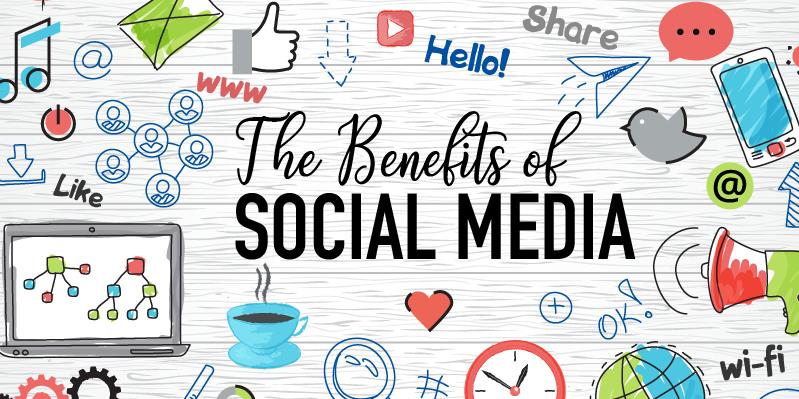How 3D Rendering is Revolutionizing Product Design and Marketing?
The digital age has transformed how products are imagined, designed, and marketed—and at the heart of this transformation is 3D rendering. Once reserved for architects and animators, 3D rendering is now a powerful tool for businesses across industries. It lets teams visualize, test, and promote products before they even physically exist, changing everything from brainstorming sessions to big marketing launches. Today’s consumers demand more. They want to see every angle of a product, how it works, and how it fits into their lives. At the same time, businesses need to cut costs, speed up time-to-market, and stand out in a crowded digital space. Enter 3D rendering: the solution that not only meets these demands but goes beyond. 3D rendering allows designers, marketers, and stakeholders to collaborate seamlessly, offering a shared visual language that’s accurate, scalable, and undeniably engaging. In this article, we’ll explore how 3D rendering is completely reshaping the product de
What is 3D Rendering?
Before diving into its benefits, let’s clarify what 3D rendering actually is.
Definition and Basics
3D rendering is the process of generating a 2D image or animation from a 3D model using specialized software. Think of it as taking a virtual object—one that exists only in your computer—and turning it into a lifelike visual you can view from any angle. This technology brings virtual objects to life by simulating lighting, texture, shadows, and even physics, making the final output nearly indistinguishable from a real photo.
At its core, 3D rendering turns imagination into reality—digitally.
Types of 3D Rendering
Not all 3D renders are created equal. Different types serve different purposes:
-
Real-Time Rendering: Used in gaming and virtual experiences where the viewer interacts with the object live.
-
Photorealistic Rendering: Ultra-high quality visuals often used for advertising and product catalogs.
-
Non-Photorealistic Rendering: Stylized, artistic renders often used in concept design.
Each has its place in the product lifecycle, from initial concept to marketing rollout.
Software Used in 3D Rendering
There’s a long list of powerful tools used in the 3D rendering process:
-
Blender: Open-source and highly versatile.
-
Autodesk 3ds Max: Popular in design and architecture.
-
KeyShot: Known for speed and ease in product visualization.
-
Cinema 4D, SolidWorks Visualize, and Lumion: Widely used for professional rendering in various industries.
Choosing the right tool depends on your product, your team’s expertise, and how the renders will be used.
The Shift from Traditional Design to Digital Visualization
3D rendering is more than a fancy visual trick—it’s a whole new approach to how products are created and shared.
Limitations of Traditional Product Prototyping
In the old days, developing a new product meant months of sketching, model-making, testing, and tweaking. Every physical prototype cost time and money. Want to make a simple change? Back to the drawing board. Plus, you couldn’t share the idea widely until the prototype was finished.
That approach doesn’t cut it anymore. Markets move fast. Consumers expect instant previews. And businesses can’t afford delays.
Cost and Time Advantages of 3D Rendering
With 3D rendering, you skip the physical prototype stage altogether—or at least delay it. You can visualize multiple versions of a product in hours, not weeks. Want to see what it looks like in red, blue, or metallic gold? A few clicks. Need a new angle for your website banner? Done in minutes.
This efficiency doesn’t just save money. It opens up opportunities to test more ideas, gather feedback sooner, and create visuals for marketing before the product is ever made.
Enhancing Collaboration Between Teams
Product design is rarely done in isolation. Designers, engineers, marketers, and executives all need to weigh in. 3D rendering makes collaboration easier by offering one shared, visual truth. No more miscommunications or waiting on final samples—everyone sees the same render, and everyone stays on the same page.
This real-time alignment is crucial for fast-moving businesses and global teams.
Speeding Up the Product Design Process
In today’s hyper-competitive markets, speed is everything. 3D rendering gives brands the power to design, test, and launch faster than ever.
Rapid Iterations and Feedback Loops
Gone are the days of long delays between design changes. With 3D models, iterations are fast and seamless. Teams can view updated versions instantly, get feedback in real time, and make changes on the fly. It’s agile product development—powered by pixels.
The ability to create “what-if” scenarios also helps teams experiment with more creative, bold designs, knowing that changes aren’t going to break the bank.
Virtual Prototypes and Simulation
Instead of relying on hand-built mockups, companies are using virtual prototypes to simulate real-world use. You can test how a product might look under different lighting conditions, how components fit together, or how it performs under strain—all within the digital model.
This reduces reliance on physical testing, cuts down on waste, and accelerates time to launch.
Reducing Time to Market
Time is money, especially when launching new products. By using 3D rendering in the design phase, businesses shorten the development cycle significantly. What used to take months now happens in weeks. This speed gives companies a competitive edge and the ability to respond to trends or feedback almost instantly.
What's Your Reaction?

















.jpg)